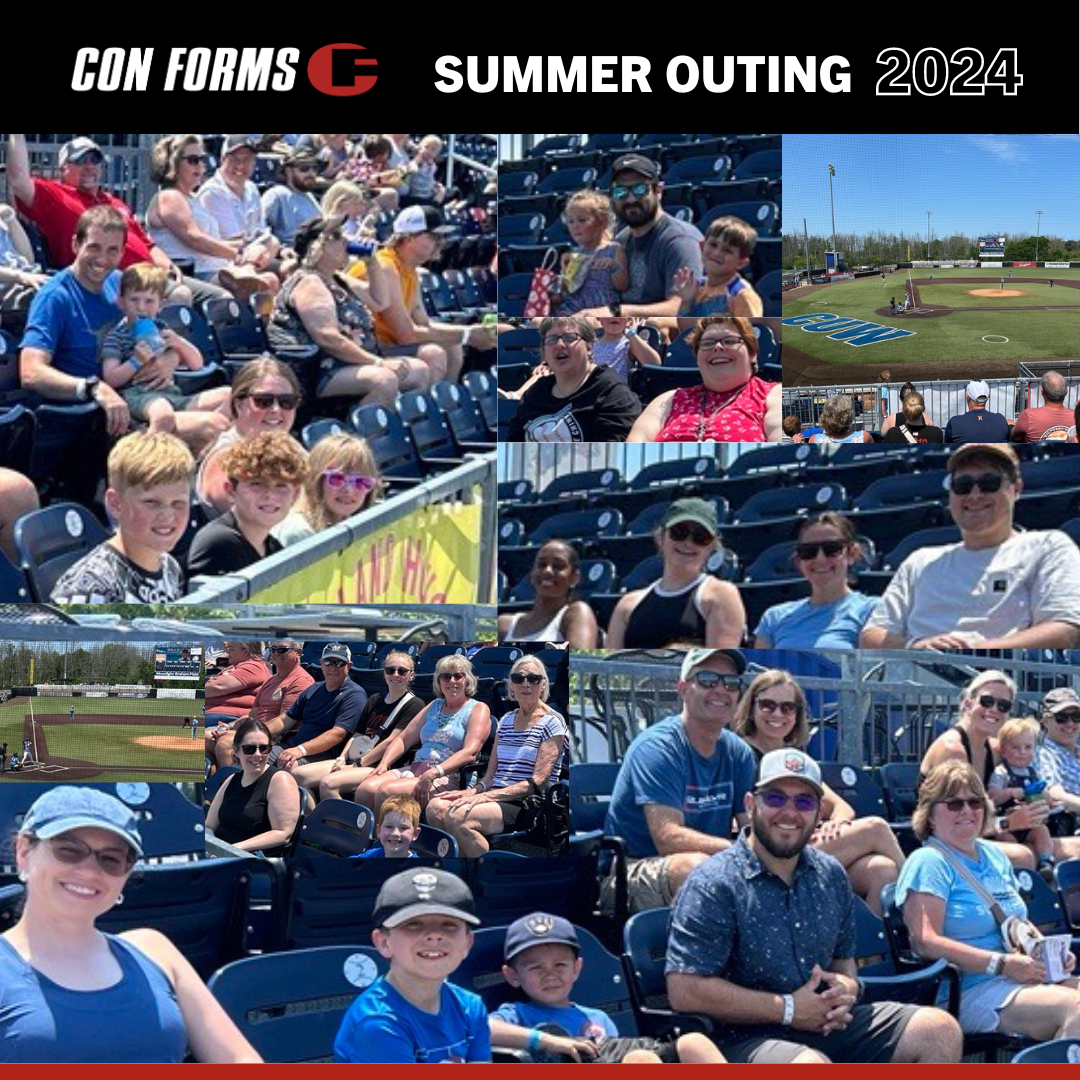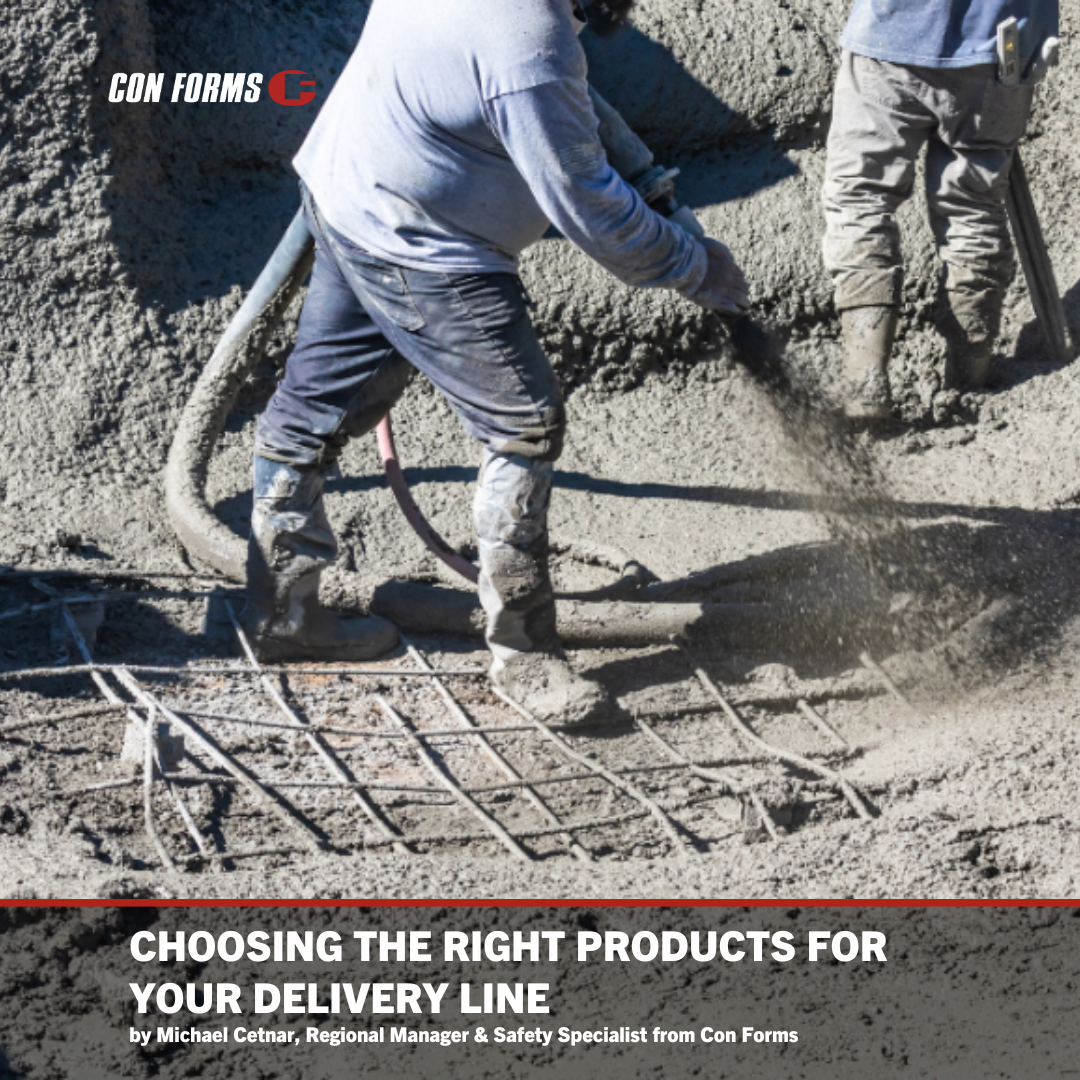Con Forms 16-Z Spider Placer – Same reach as a 20m boom truck at half the price
Low-clearance and tight-quartered pouring applications are an inherent pain point in the concrete pumping industry. Pump trucks are large and difficult to maneuver, and finding efficient access points for pump trucks and mixers are a constant struggle. Throw in a large pour area with a ceiling clearance of 4m and special equipment is often required. Pumpers have traditionally used a 20m boom truck for these types of applications. It has a low clearance height and a smaller profile than larger boom trucks. They are able to drive into smaller spaces and still operate the boom. While widely used, this is not the only option available.
The Con Forms 16-Z Spider is a tracked placing unit specifically designed for low-clearance, tight-area applications. It’s opening height of 13’1” makes it ideal for getting into low ceiling areas, and the incredible mobility provided by its turn-in-place tracks allow it to be maneuvered into tight setup configurations that 20m trucks simply cannot access.
When reviewing this type of application for equipment needs, here are a few important things to consider:
16-Z vs. 20m
The Con Forms 16-Z is named after what is important: it’s 16 meter horizontal reach. While it has ample vertical reach, it is typically used for flatter applications. The 20m boom trucks are also used in vertical applications, so they are named for the vertical reach, but they have the same 16m horizontal reach from the turret. In some cases, their net reach beyond the outriggers or truck may be less than the Con Forms 16Z.
Mobility Adds Reach
Simply put, the Spider can go where a truck cannot. The tracks on the 16-Z Spider make it extremely mobile, enabling it to fit tight spaces and turn 360° on a dime. The compact profile and footprint of the unit will allow it to set up in crowded sites, and the ability to operate it remotely from the best perspective allows for extremely precise machine placement. The combination of these features can create an effective reach that trucks cannot take advantage of.
Access Limitations
Tight jobsites have special limitations. Does the inside ground have weight limits? (20Z = 105 kN/outrigger vs. 16Z = 46 kN/outrigger, 20Z & mixer = approx. 90 psi/tire vs. 16Z = 10 psi/track). Can two mixers get to the boom pump, or will there be significant down time between loads? Will this cause placement issues? Over the total time of the pour, will this add up to an unacceptable level of wasted time and increased labor hours? A continuous pour from a pump stationed out where the mixers have free access may be a much more cost efficient and effective choice.
Choosing the Most Cost Effective Tool
What set of tools will fit the jobsite needs in the least expensive manner when taking all costs into account? The initial and on-going maintenance costs of the Conforms 16-Z should also be a consideration since it is a fraction of the 20m boom truck’s costs.
When determining equipment for low-clearance applications, the 20m boom truck and 16-Z Spider are both viable options. Knowing the pros and cons of each unit and identifying important jobsite requirements will help to determine which unit is best suited for your application. The small profile, mobility, versatility, and lower price tag of the 16-Z can make it an efficient and budget-friendly solution for the right job.








